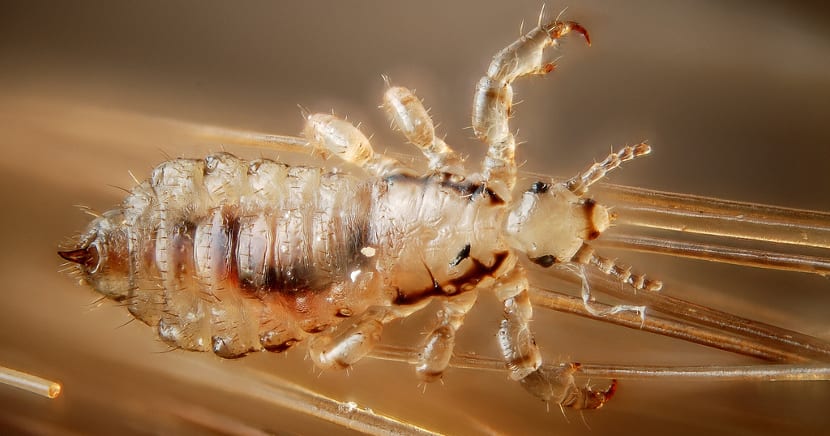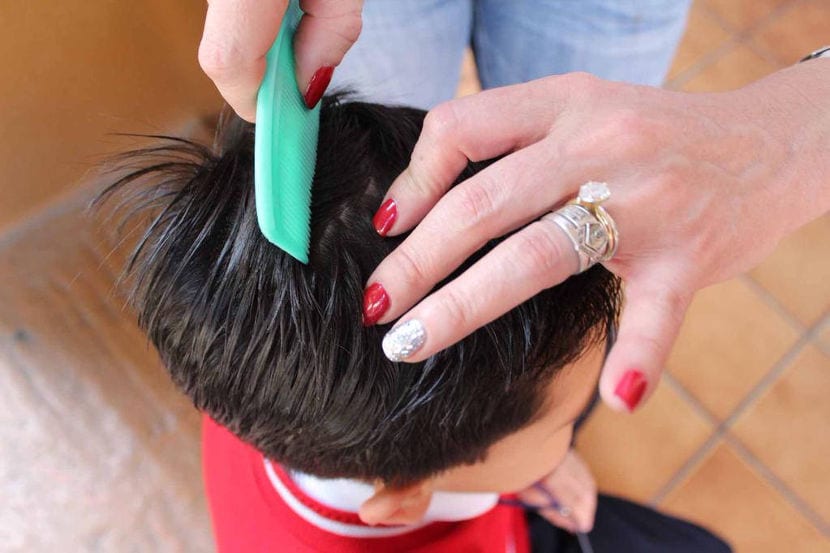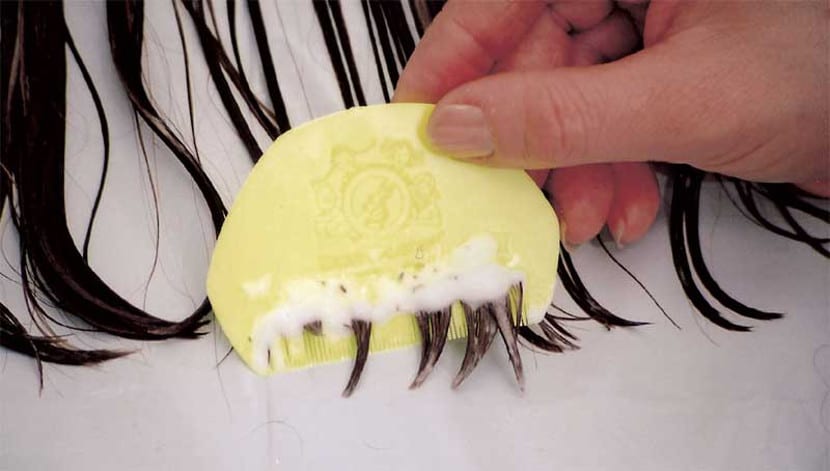
There is little left for the start of the school year. Among the many things to prepare and plan, one cannot be missing: prepare to curb lice. Well, I'm sorry to be the one to tell you, but the hated lice are mutating to become resistant to some common treatments that are marketed in pharmacies, parapharmacies and other places. At least that's what a group of researchers says.
Although researchers have only found mutant lice in 25 of 30 US states, the news is still alarming. This means that in half of the US states there are mutant lice. If lice have mutated in all of those places, how long will it take them to mutate in the rest of the world where the use and abuse of lice repellants is so widespread?
About lice
The louse is a parasitic insect that usually lives on the scalp and feeds on blood several times during the day. Parasites are spread through direct contact with the hair of a person who has them.
Head lice infestations are primarily treated with topical products that often contain permethrin., a product of a family of insecticides known as pyrethroids, which kill both lice and their eggs.
Lice have six legs with hooked claws, which allow them to grasp hair well. A louse can survive for about 30 days on a person's scalp.
For good news, although lice are a nuisance, at least there are no known cases of disease transmission.
However, according to researcher Kyong Yoon of Southern Illinois University in Edwardsville, reports of pyrethroid-resistant lice have been on the rise in the last 20 years.

Mutant lice
Shortly after its discovery, Yoon analyzed lice samples collected from different schools for three genetic mutations - M815I, T917I and L920F - collectively known as knock-down resistance (KDR) mutations. These mutations were previously identified among flies that had become resistant to pyrethroids in the 1970s.
Yoon found that many of the head lice possessed all three gene mutations that, together, showed alteration of their nervous system and desensitization to the effects of pyrethroids.
For this latest study, Yoon and his colleagues set out to gain a better understanding of how widespread pyrethroid-resistant lice are in the US.
100% pyrethroid resistance in 25 US states
The team of researchers collected head lice samples in 30 of the 50 US states, collecting a total of 109 lice populations.
The researchers found that 104 of the 109 lice populations contained all three KDR mutations, making them fully resistant to pyrethroids. These populations came from 25 states, including Texas, Florida, California, and Maine.
Lice populations from New York, New Jersey, New Mexico, and Oregon have been found with one, two, or three mutations, while Michigan was the only state whose lice population was still highly susceptible to pyrethroids.
While these results raise concerns about the effectiveness of common head lice treatments, Yoon says that there are still other insecticidal treatments that can kill lice, as they have not developed resistance to them.
However, Yoon cautions that if a chemical is used over and over again, these little critters will eventually develop resistance to that chemical, so he recommends giving careful thought before using these types of products.
Home remedies to combat lice
Although this topic deserves to be addressed separately, we are going to see some quick tips to combat lice.
- Comb your children using a scrubber every day, whether you have washed their hair or not, and whenever they arrive from school or from any activity. This way you can detect any lice that have jumped on their head and stop them before they lay their eggs.
- Use smoothing cream when you wash their hair and brush it on before rinsing. With the conditioner it is easier to remove lice and nits.
- Give a final rinse with warm apple cider vinegar, do not burn. This grandmother's remedy is very effective, as it prevents lice from getting on the hair and, if there are any, it will come off easily. Be careful when you heat the vinegar, because the temperature rises quickly and you can burn the child. Dissolve it in water to distribute it better.
- Apply a mayonnaise mask to your hair before washing it and be sure to cover the roots well. Leave on for a few hours. If you use a shower cap or a bag much better. Then wash the hair with very hot water and wash it with the scrubber. No louse, however mutant, will be able to resist the death by suffocation that mayonnaise provides. Repeat after 5 days, in case there were eggs that you could not eliminate.

Images - San Martin, germantennial, Deutsche Pediculosis Gesellschaft